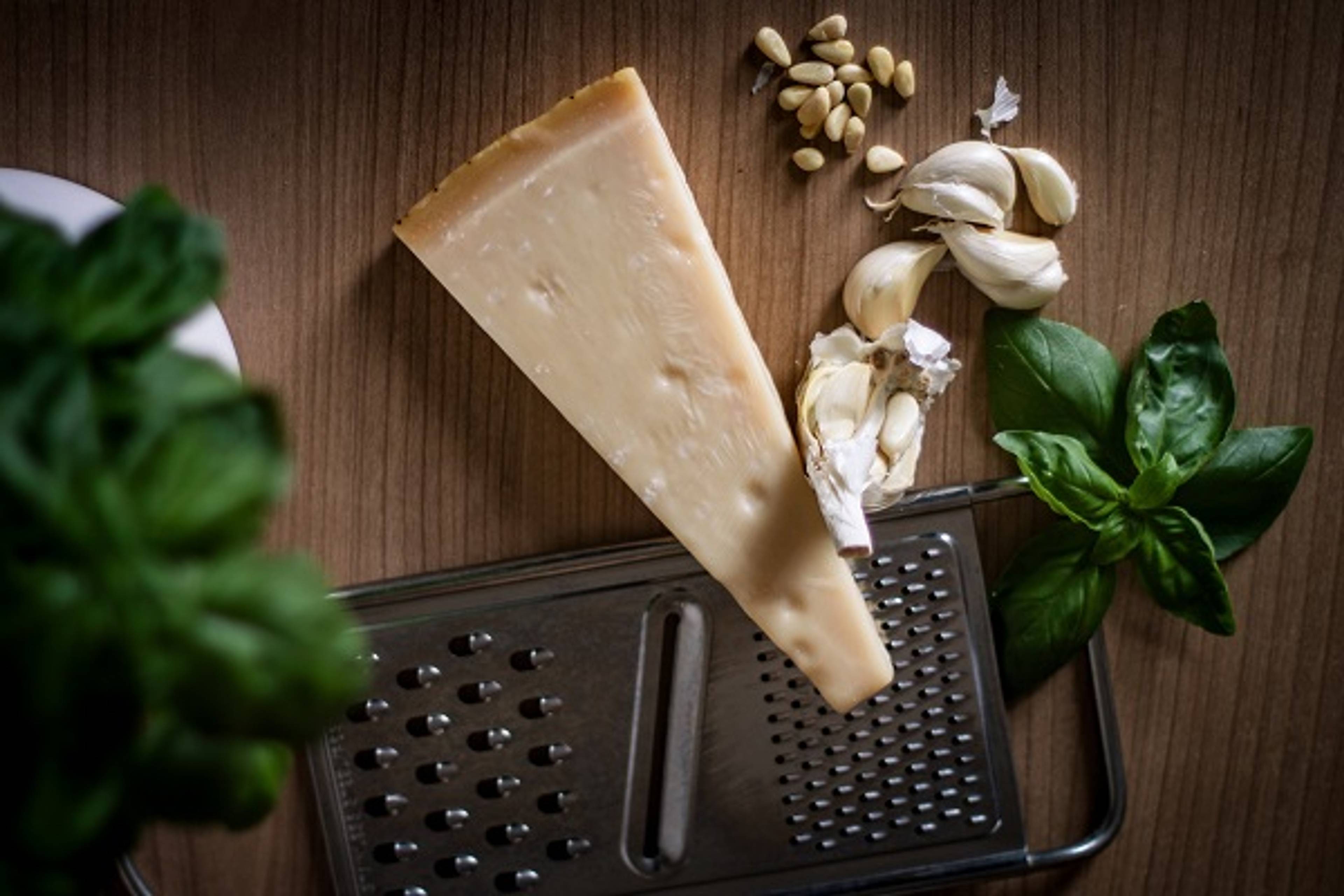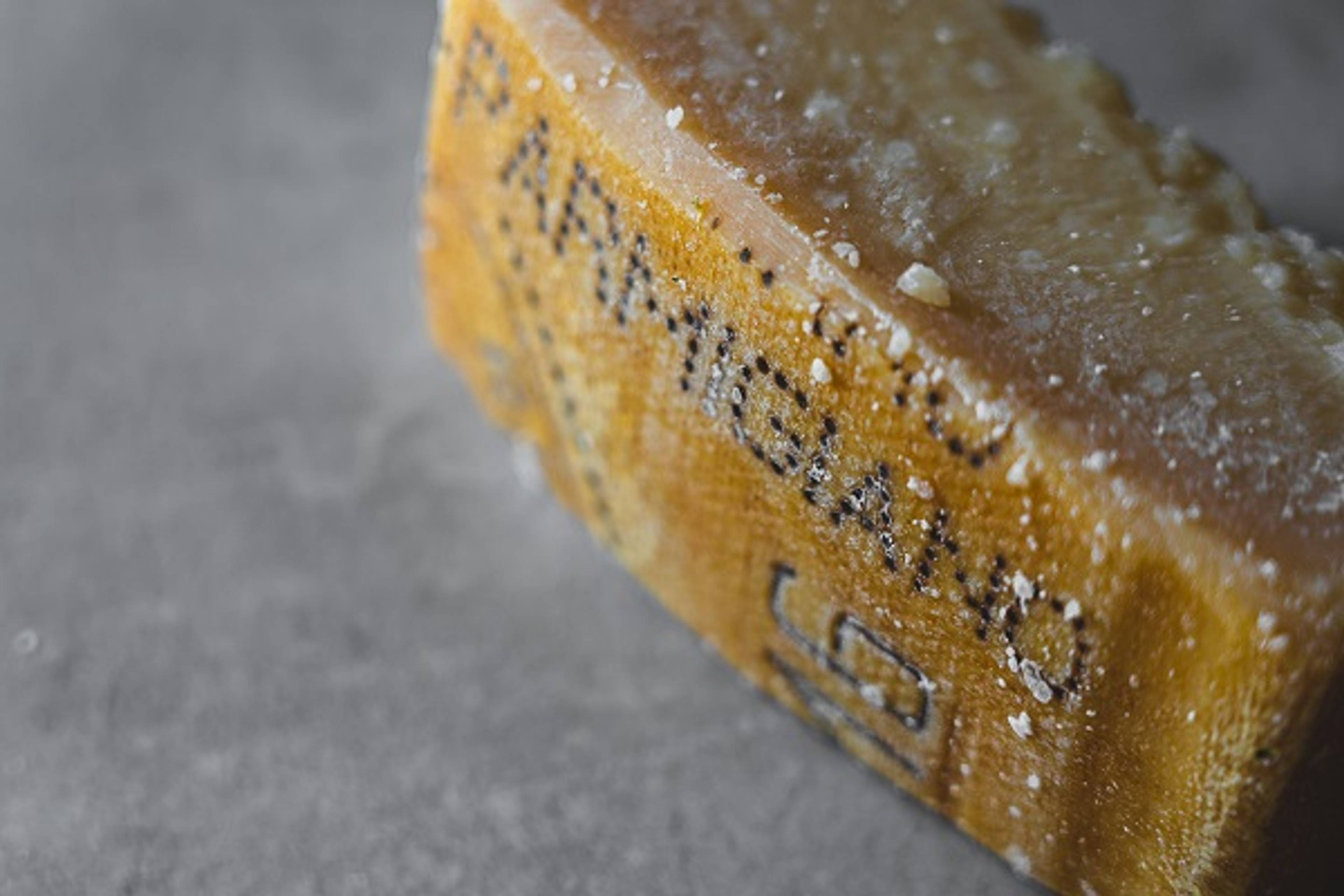Pecorino vs. Parmesan Cheese: What’s the Difference?
Pecorino vs. Parmesan
Yes, you love Italian food for its celebration of the earth’s bounty, the heartiness of its famed ragù, its penchant for playing with texture. But let’s be honest: You also love the cheese. Specifically, those two sharp, salty delights known as pecorino cheese and Parmesan cheese.
But let’s get specific: What is pecorino cheese, and what is Parmesan cheese, exactly? They’re both edible out of hand but also delightful grated or shaved atop a variety of dishes, and both have a brilliant tang. To top it off, they look similar—a cake of vanilla-white cheese, flaky and flecked with crystals.
So with all these similarities, what’s the difference between pecorino and Parmesan? One point is that pecorino cheese—salty and sharp in its most well-known incarnation, pecorino Romano—is made from sheep’s milk, and Parmesan is made from cows. Pecorino also has a stronger taste than Parmesan, with a characteristic nutty flavor.
If you’re wondering how to use pecorino cheese and when to use Parmesan cheese, or perhaps entertaining the cook’s substitution dilemma—“can I use pecorino Romano instead of Parmesan?”—we’re here to guide you.

What Does Pecorino Romano Taste Like?


What Does Parmesan Taste Like?

Can You Use Pecorino Romano Instead of Parmesan?
How to Store Parmesan Cheese (and How to Store Pecorino Cheese, for That Matter!)
You’ll want to wrap your cheese so that it can breathe without letting in too much air. One way is to wrap it in parchment paper and secure the bundle in plastic wrap or foil. You can also put it in a zip-top plastic bag, squeeze out any excess air, and then seal it. The parchment method might bring you a little more freshness than the plastic bag, but the bag method works fine if you don’t have any parchment handy.
An unopened block of either of these hard cheeses can last up to six months in the fridge. Due to them having a heavy moisture content, your pecorino and Parmesan will keep for longer than other types of cheeses. They can even last three to four times as long as softer cheeses, and are less prone to bacteria. (And while you can keep the cheeses fresh by freezing them, keep in mind that the texture and overall quality will degrade and you won’t have an easy time slicing them.)
To make sure the cheese you have in your fridge is still good to eat, make sure it hasn’t hardened or darkened, or become stinky or moldy. Fortunately, mold generally can’t get too far in hard cheeses. So when you cut off an inch or more around the moldy part, just avoid touching the rest of the chunk with the knife. This way, you should be safe to enjoy the rest of your pecorino or Parmesan as long as it lasts.